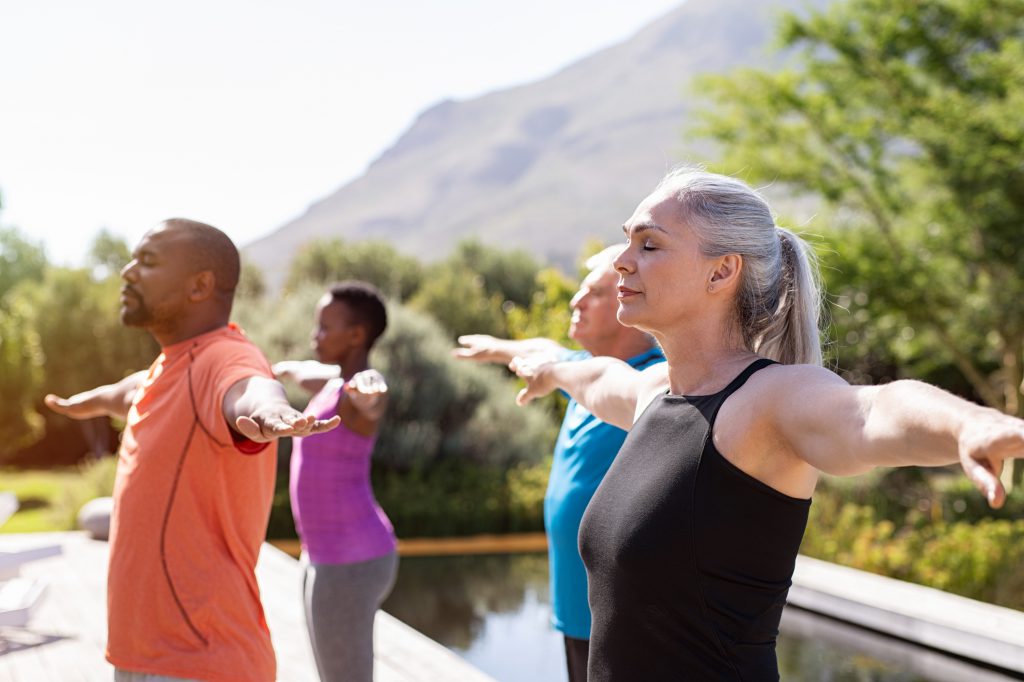 Written By: Kimberly Burns OTR/L, CLT
Written By: Kimberly Burns OTR/L, CLT
Most of my life, I’ve been on a race against time to figure out how to stop what I saw coming through my parent’s afflictions. Along the way, I learned a lot about health and what happens when it starts off dysfunctional or becomes dysfunctional.
It’s all about Yin and Yang. A concept that the universe is governed by a cosmic duality. Two opposing and complementing principles observed in nature. The cardiovascular and lymphatic system are those forces within the body. While the cardiovascular system is widely addressed, one should not think about supplying blood without also thinking about returning cellular waste after the delivery has been utilized and the transport of messages from the immune system back to the heart.
With COVID-19, our immune system becomes even more important and relevant to everyday living. The lymphatic system is your immune system. It contains the organs and vessels for which the body communicates its defense. Participation in movement activities, such as yoga, is the perfect way to focus on the immune system by providing the positions and stillness while the lymphatic system offers the sequence and breathing necessary for removing cellular waste from the tissues and returning fluids to the heart.
There is a bigger connection here though, between mind and body. The lymphatic system communicates through its travels, the local areas immunity needs. When the message cannot get from the injured area to a lymph node, systemic help will not be on its way or not in full force. The body relies on pressures: low chemical mediators in the load equals lower pressure, more chemical mediators in the load equals more pressure. The heart determines its actions based on these pressures and negative pressures.

We can support the pressures of the body through attention to spinal alignment, joint positioning and breath awareness. Through positioning your body without obstacles, it allows fluids to move freely and muscles to regain their true function. Yoga for Circulation is a sequence of positions attending to alignment and breath. It incorporates the senses to influence calming through slow and controlled movements. Maintaining focus on the core rather than flexibility allows the postural muscles to strengthen and improve the ability to stay upright against gravity.
A simple way to introduce yoga to patients is at the start of a session when taking vital signs.
If possible, turn off all TV’s and put calm music on. Have the patient get into a comfortable position with arms to the side with palms up in external rotation and the legs elevated in slight external rotation to support a neutral pelvis. Ask the patient to either close their eyes or gaze straight ahead for the next few minutes as they focus on calm.
From there, you can assess respiratory rate and breathing pattern. Take their pulse and feel for abnormalities. Take their blood pressure on both sides to compare the different fluid pathways to the heart and lastly, follow up with education on the importance of attending to lymphatic health daily.
